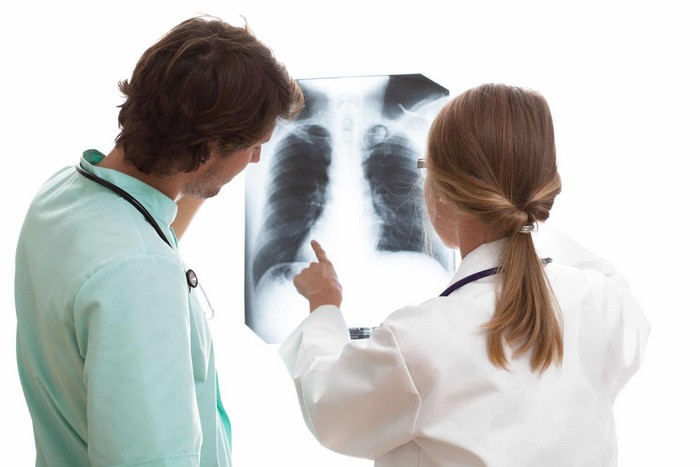Medical diagnostic errors impact the lives of millions of people around the world and lead to the death of tens of thousands each year. In the United States alone there were more than 12 million people affected, and around 60,000 deaths, each year from medical misdiagnosis.
Medical misdiagnosis is an under-discussed issue that touches all aspects of the healthcare field — from physicians and healthcare systems to, most crucially, the patients whose lives might be on the line as a result of an inaccurate initial diagnosis. It is also a complex issue to address as it involves among others finding solutions to systemic problems embedded in healthcare.
The Society to Improve Diagnosis in Medicine (SIDM) in the US has recommended a multi-pronged approach to addressing the issue. In 2015, pressure from the Society led the US National Academy of Medicine to oversee a review of diagnostic error and publish a report titled Improving Diagnosis in Health Care. Key goals highlighted in the report to improve the medical system include:
Fostering teamwork in the diagnostic process between patients, families, and providers; Improving medical education when it comes to making diagnoses; Making sure health information technology is applied effectively; Ensuring that physicians and medical providers identify and learn from diagnostic errors; Creating a medical culture that fosters improvements in how doctors make diagnoses; Establishing a reporting and liability system; Offering funding for research in the diagnostic process.
According to SIDM, one area that needs special attention is medical education. Medical students tend to be taught ‘by rote’ or basically, by recognizing patterns. Future doctors are not taught about bias and the pitfalls that go along with it over the long term. It is important to create curricula that will begin to do that — introduce the notion of bias, cognitive bias — into the medical school curriculum, so that physicians, nurses, and others involved are able to take that into account before reaching appropriate diagnoses.
Medical systems are complex with many variables and interests often pulling in different directions. Many doctors tend to get frustrated with this complexity and believe there is nothing they can do to improve the situation. But that need not be so. For instance, doctors can begin to take action by starting to measure diagnostic error in their institutions.
Almost every hospital, for instance, has an event-reporting structure for patient safety, but most do not have a place to track, measure or even put down diagnostic errors. One challenge is that when diagnostic errors are detected and recorded, the way they are dealt with is often flawed. For instance, if it is an issue of a doctor’s judgment call, it might be referred to ‘peer review’ and treated as an ‘individual aberration’, instead of a ‘systemic problem’ that needed to be tackled.
Experts at the forefront of addressing medical misdiagnosis, stress on the importance of the 4Ts: teamwork, technology, training, and tuning to reduce medical misdiagnosis. They call for a greater focus on collaborative work between medical professionals and a reduction on the focus on ‘heroism’ on the part of individual clinicians.
Most physicians are aware the problem exists. Many of them are aware they themselves have made diagnostic errors, but very few are willing to admit it as an error. The SIDM suggests that in general, doctors need to be a bit more ‘reflective’ on this issue, and accept that “to err is human.”

